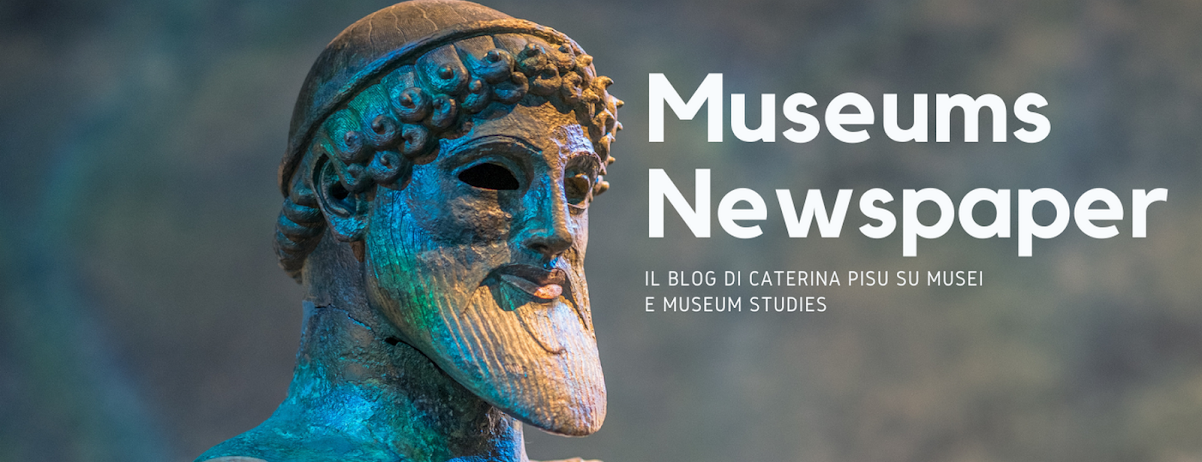Negli anni scorsi mi sono occupata
più volte della questione dell’Uganda National Museum che rischiava di essere
abbattuto per fare posto ad un grattacielo.
Ora sembra che l’Uganda abbia
finalmente voltato pagina e si stia dedicando a valorizzare il patrimonio
culturale, in particolare quello ancora poco conosciuto, proprio per mezzo dei
propri musei. Anzi, se ne vorrebbero creare ancora altri con la convinzione che
un maggior impulso al turismo culturale aiuterebbe non solo a preservare il
patrimonio culturale ma anche a creare opportunità di sviluppo locale. La
richiesta di costruire nuovi musei non è un’idea velleitaria, ma una necessità
reale.
Attualmente, infatti, l'Uganda ha
solamente quattro musei funzionanti: tre sono statali, l’Uganda National Museum,
a Kampala, il Karamoja Museum di Moroto
e il Kabale Museum; uno è un museo privato, l’Igongo Museum a Mbarara
Town.
Si ritiene che proprio la
mancanza di musei sia la causa dei problemi legati alla conservazione del
patrimonio culturale locale e della poca presenza attiva della comunità nel
settore del turismo. Un altro problema importante, però, è la mancanza di personale
qualificato nei musei dato che non esistono istituzioni preposte alla formazione e all’aggiornamento
dei professionisti museali. E questo è un ostacolo da superare se si vorranno
istituire altri musei. Si sta cercando, pertanto, di attivare delle
collaborazioni internazionali, per esempio con il Museo Etnograficodell'Università di Zurigo che darà l’opportunità agli amministratori locali di
interagire con gli esperti dei musei svizzeri.
 |
| Igongo Museum |
Secondo Raphael Schwere dell’università
di Zurigo, che collaborerà con l’Igongo Museum, si dovrà iniziare valorizzando le
specificità locali. L’Uganda, forse non tutti ne sono al corrente, è un grande
produttore di latte (ne produce più di un miliardo di litri all’anno) e dei
suoi derivati, come il Ghee che è un latte fermentato tipico di queste zone.
 |
| Il latte rappresenta una voce importante nell'economia ugandese Foto tratta da http://www.newvision.co.ug/newvision_cms/newsimages/file/Jesa-28.jpg |
Esiste
una ricca documentazione riguardo le tecniche di produzione del latte da parte
dei mandriani ugandesi e tutto questo può rappresentare un motivo di interesse
per quei musei che tratteranno questi argomenti, valorizzando le tipicità e le
tradizioni locali.
 |
| Anche Miss
Uganda, Leah Kalanguka, alle prese con la mungitura! Foto tratta da http://modernfarmer.com/2014/11/miss-uganda-beauty-contest-demands-contestants-milk-cow/ |
“L'Uganda ha un vasto patrimonio
culturale” – ha dichiarato Schwere – “ma non è conosciuto”. Le agenzie governative
per il Turismo internazionale non dovrebbero concentrarsi solo sulla promozione
delle più note bellezze naturalistiche, ma anche di quel patrimonio meno
conosciuto che è situato in aree poco frequentate dal turismo internazionale e
che necessitano di politiche adeguate. I musei potranno aiutare a farlo
conoscere.




